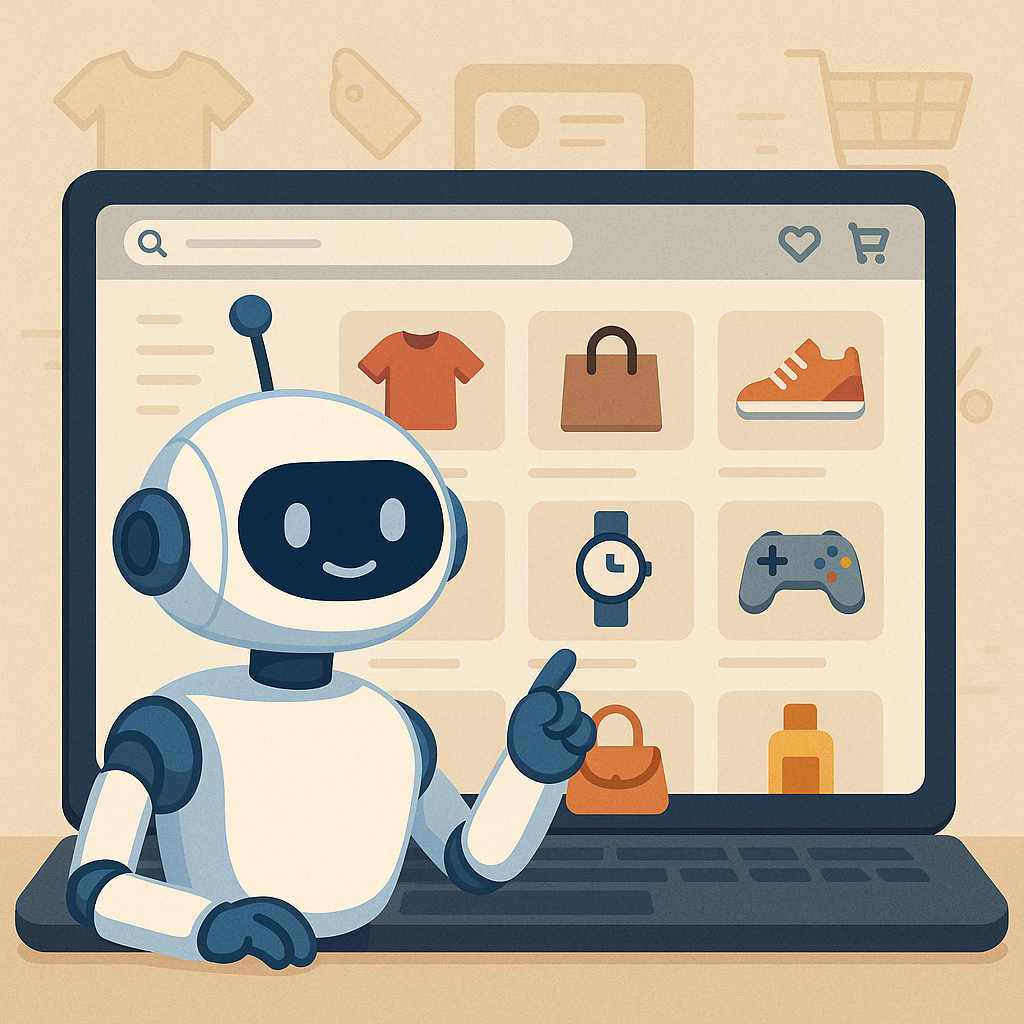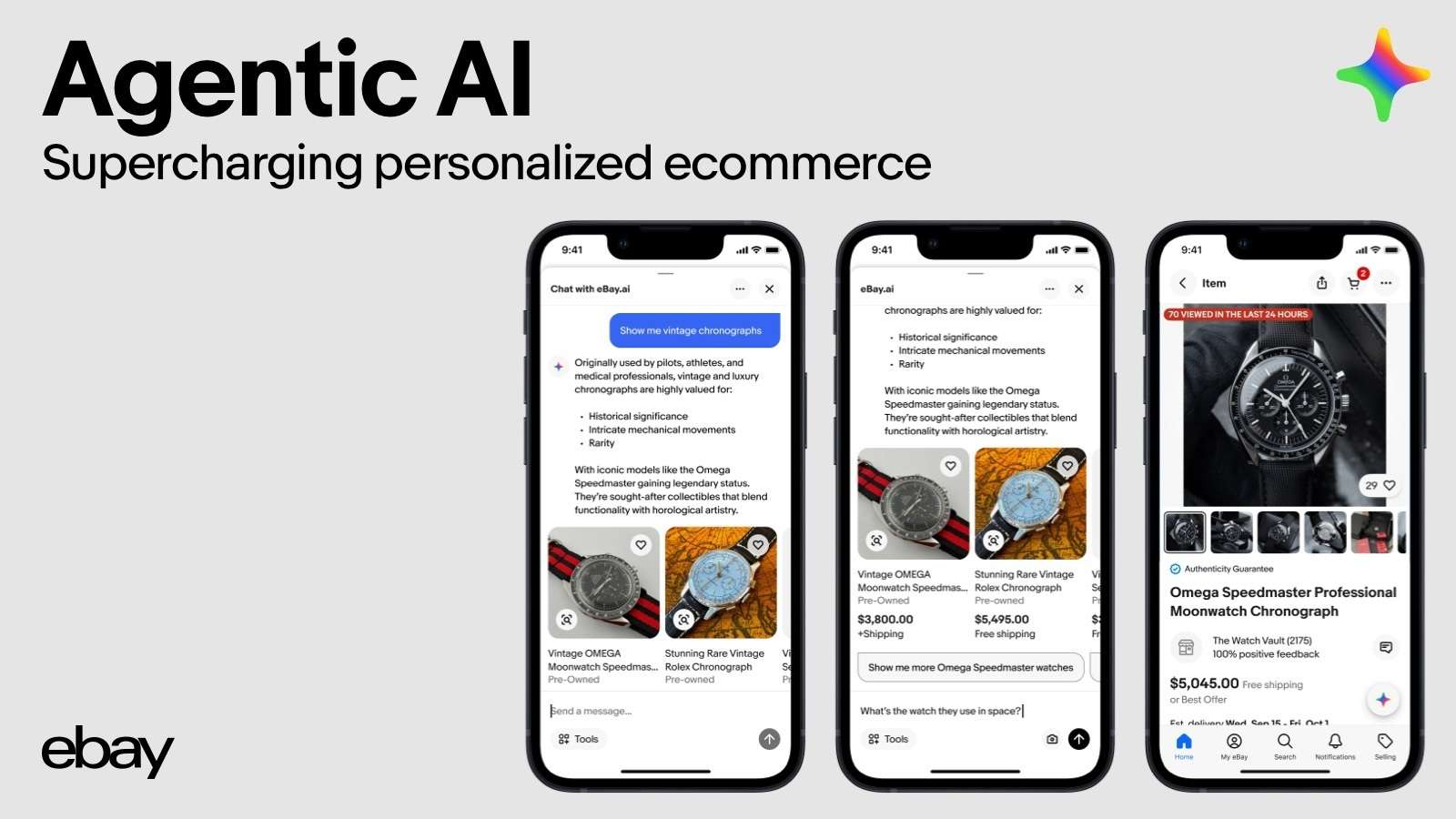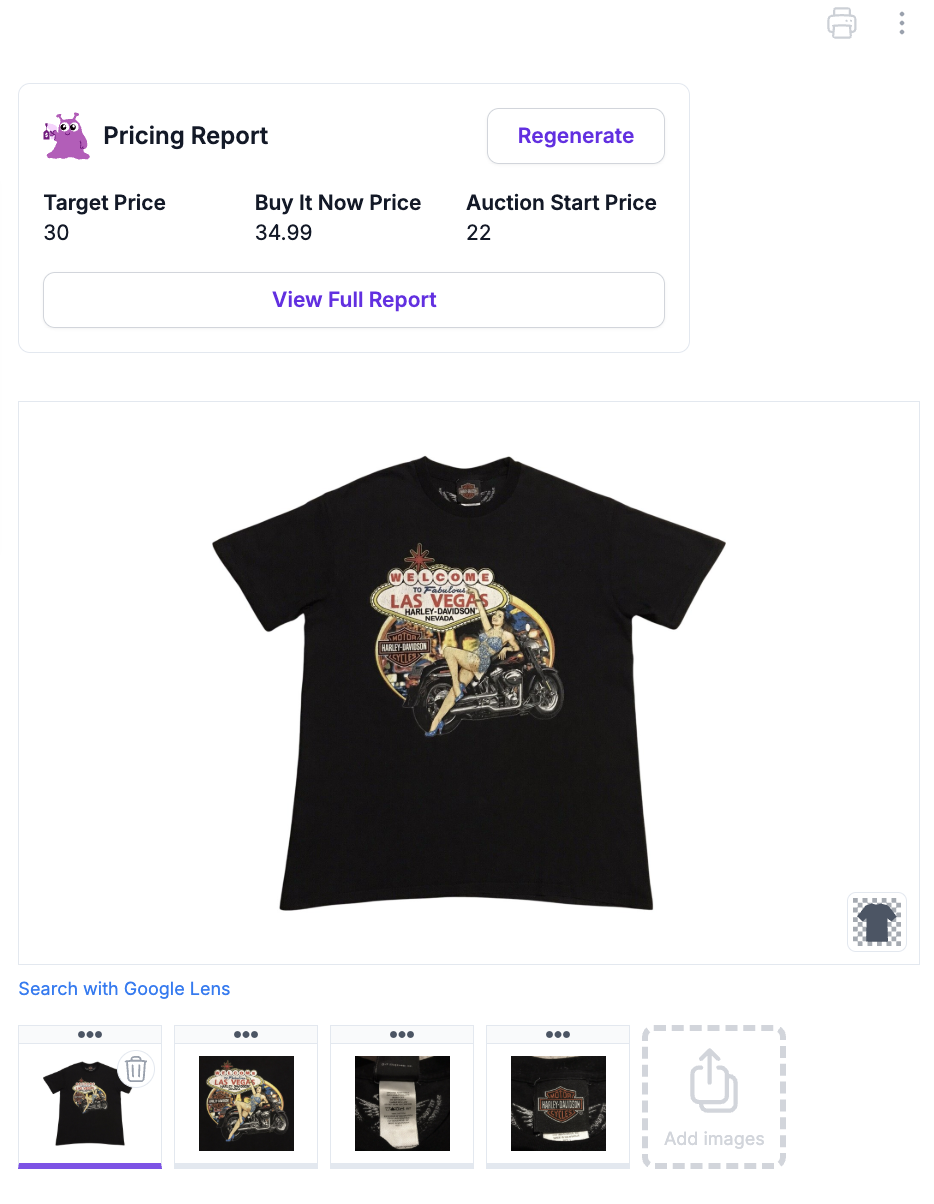
The rise of AI shopping bots marks a turning point in AI-powered e‑commerce. These intelligent agents now explore, compare, and suggest products in real time, fundamentally altering shopper behavior and marketplace dynamics. For sellers on platforms like eBay, Shopify, Vinted, and Depop, adapting to this shift is essential to thrive in online sales.
AI shopping agents operate autonomously using large language models (LLMs), NLP, and computer vision to navigate websites, interpret prompts, and complete transactions with minimal human input. For instance, advanced bots now browse, select, and order products across major marketplaces—demonstrating how these agents function across the online sales ecosystem.
eBay has rolled out an agentic AI shopping assistant that delivers real-time, hyper-personalized product suggestions based on shopper behavior, either reactively or via predictive in-page messaging. These tools help eBay serve customers more efficiently and understand their needs deeply, positioning the marketplace at the forefront of the agent‑powered e‑commerce landscape.

Shopify has introduced Shopify Magic, an AI suite offering automation across product descriptions, image generation, and personalized experiences. This AI integration is driving strong merchant growth, with AI features aiding small businesses in saving time and boosting page views and conversions significantly.
At the same time, Shopify has introduced new rules limiting fully autonomous agent checkout flows—demonstrating a cautious but forward-looking stance on AI commerce.
Walmart has launched a suite of AI-powered “super agents” targeting customers, employees, sellers, and developers. Among these, “Sparky” assists shoppers with personalized recommendations, reorders, and even recipe suggestions via computer vision. These tools are central to Walmart’s goal of driving 50% of sales online in the next five years.
Amazon is developing an internal project codenamed Starfish, aimed at synthesizing product data from millions of brand sites to bolster its “Buy for Me” recommendation system—potentially adding billions in GMV by improving conversions across both Amazon and external products.

Listing Monster’s AI-Powered Pricing Recommendations & Background Removal
AI shopping bots are rapidly transforming online sales and marketplace optimization. By shifting discovery from keyword-driven to intent-focused engagement, they’re redefining visibility, personalization, and competition. Sellers and platforms that embrace structured content, value-focused positioning, and transparency will lead in the AI-first e‑commerce era.